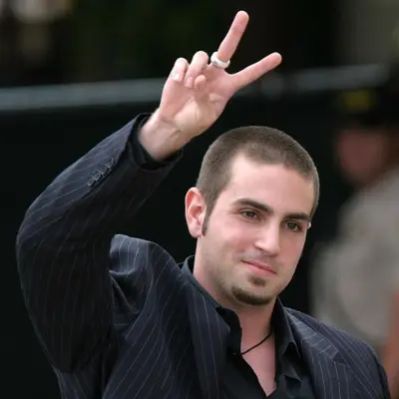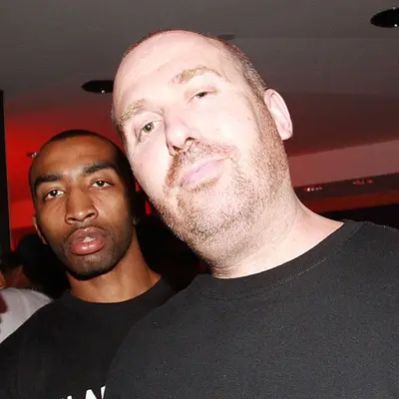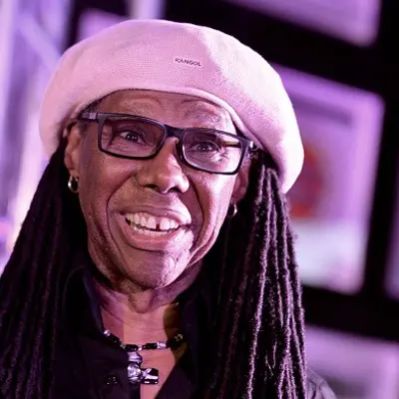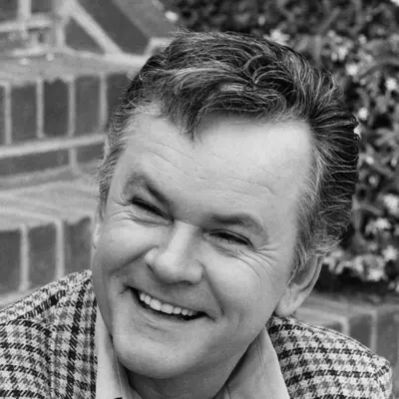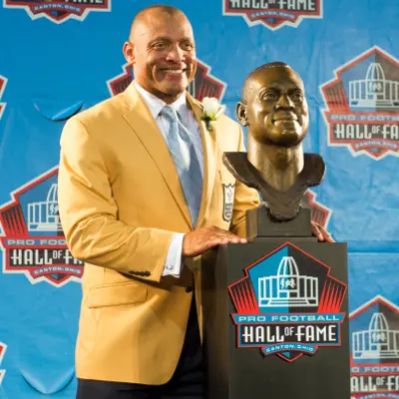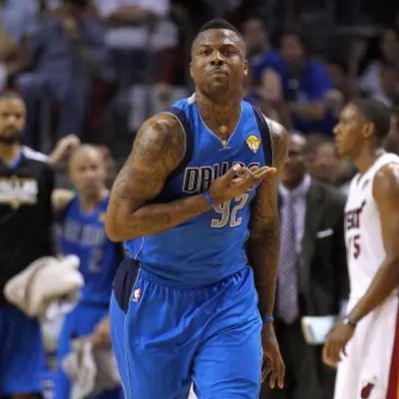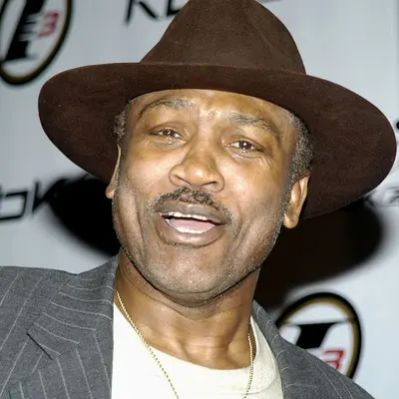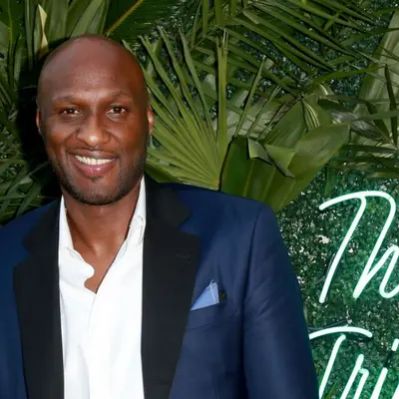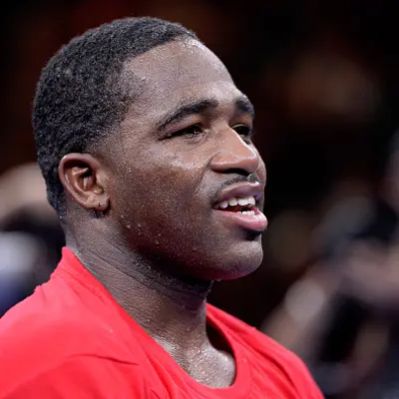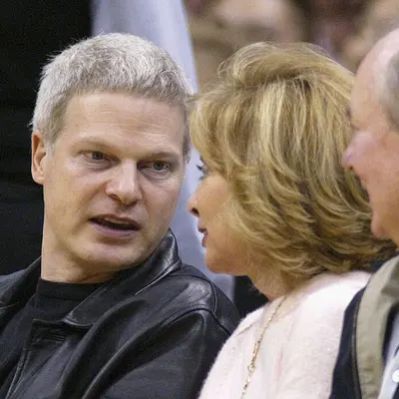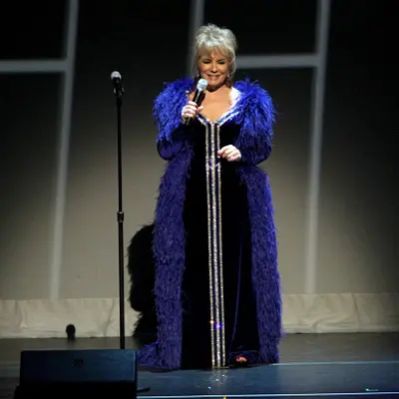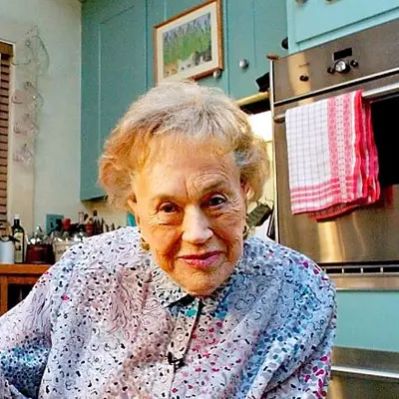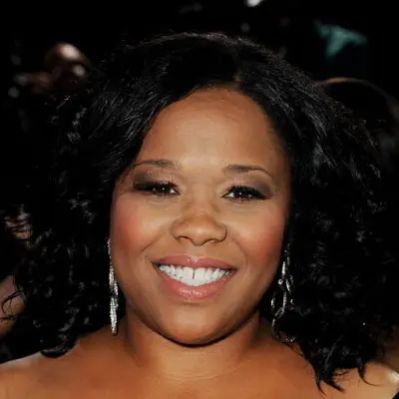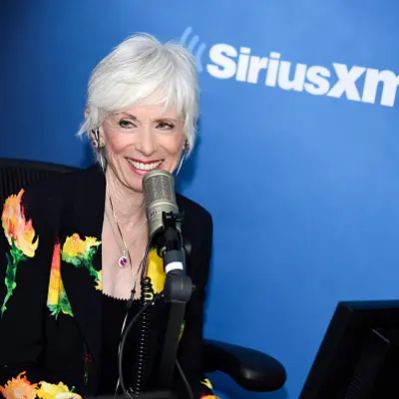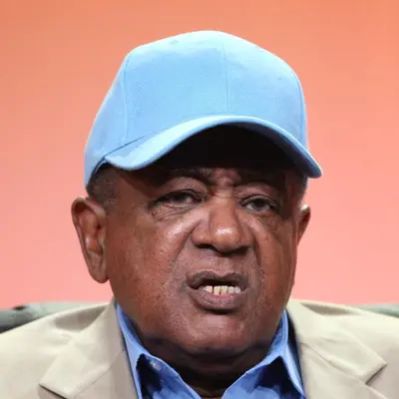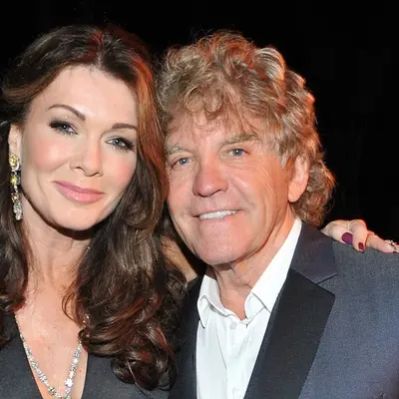What Was Ginger Baker’s Net Worth?
At the time of his death in October 2019, Ginger Baker, the influential English drummer and co-founder of the rock band Cream, had a net worth of $2 million. This figure primarily reflected his decades-long career in music, encompassing album sales, live performances, and contributions to various musical projects. While specific breakdowns of his income streams are not publicly available, a detailed look at his career milestones and musical ventures can illuminate the factors contributing to his net worth.
Early Life and Career Beginnings
Born Peter Edward Baker on August 19, 1939, in Lewisham, South London, England, Ginger Baker’s early life laid the foundation for his illustrious musical journey. His mother, Ruby, worked in a tobacco shop, and his father, Frederick, was a bricklayer. Baker’s fiery red hair earned him the nickname “Ginger” early on. He attended Pope Street School, where he played football, and later Shooter’s Hill Grammar School in Greenwich. It was at the age of 15 that Baker began playing the drums, setting the stage for his future career. In the 1960s, he received formal training from English jazz drummer Phil Seamen and subsequently joined the blues band Blues Incorporated. This period was marked by clashes with fellow band member Jack Bruce, highlighting the complex dynamic that would later define Cream. Despite these conflicts, the two musicians would soon collaborate again in the Graham Bond Organisation, a rhythm and blues band that further honed Baker’s skills and cemented his reputation as a formidable drummer.
Cream: The Rise to Fame
In 1966, Ginger Baker, along with Jack Bruce and Eric Clapton, formed Cream, a band that would achieve global success despite its relatively short lifespan of two years. Cream’s fusion of hard rock, blues, and psychedelic rock resonated with audiences worldwide, leading to the release of four influential albums between 1966 and 1968. Their debut album, “Fresh Cream,” reached number 6 on the UK charts and number 39 in the US, establishing the band’s presence on the international music scene. The follow-up album, “Disraeli Gears,” released in 1967, achieved even greater success, cracking the top five in both the UK and US. This album featured the hit single “Sunshine of Your Love,” which became one of Cream’s most recognizable and enduring songs. Other notable tracks from “Disraeli Gears” included “Strange Brew,” “Tales of Brave Ulysses,” and “We’re Going Wrong.” In 1968, Cream released “Wheels of Fire,” which topped the American charts, solidifying the band’s status as a major force in rock music. The album’s opening track, “White Room,” became a radio staple and further cemented Cream’s legacy. Despite their musical achievements, tensions between Baker and Bruce persisted, ultimately leading to the band’s breakup in May 1968. Cream embarked on a farewell tour of the US and released a final album titled “Goodbye.” The band’s enduring influence was recognized in 1993 when they were inducted into the Rock and Roll Hall of Fame. While specific sales figures and royalties for Cream’s albums and singles are not publicly available, their widespread success undoubtedly contributed significantly to Ginger Baker’s net worth.
Post-Cream Projects: Blind Faith and Ginger Baker’s Air Force
Following the breakup of Cream, Ginger Baker continued to explore new musical avenues, joining the short-lived supergroup Blind Faith. This band, which included Eric Clapton, bassist Ric Grech, and Steve Winwood on keyboards and vocals, released a self-titled album in 1969 that topped the charts in the UK, US, and Canada. While Blind Faith’s success was considerable, the band dissolved shortly after the album’s release. In late 1969, Baker formed the jazz-rock fusion supergroup Ginger Baker’s Air Force. The original lineup included Steve Winwood, Ric Grech, Jeanette Jacobs, Denny Laine, Phil Seamen, Alan White, Chris Wood, Graham Bond, Harold McNair, and Remi Kabaka. Ginger Baker’s Air Force released two albums in 1970 and performed live at venues such as Birmingham Town Hall, Royal Albert Hall, and Wembley Stadium. While these projects contributed to Baker’s artistic output, their financial impact on his net worth is difficult to quantify due to the lack of publicly available financial data.
Time in Africa: A Recording Studio and Collaborations
In November 1971, Ginger Baker embarked on a new venture, establishing a recording studio in Lagos, Nigeria. After overcoming a series of challenges, he opened the studio, Batakota, in January 1973. Baker successfully operated the studio throughout the 1970s, providing a facility for both African and Western musicians. During his time in Africa, Baker collaborated with multi-instrumentalist Fela Kuti, sitting in for him on occasion. He also partnered with Fela for the 1972 album “Stratavarious,” which was re-issued in the US in 1998 under the title “Do What You Like.” Baker’s time in Africa was a significant chapter in his life, reflecting his adventurous spirit and his interest in exploring diverse musical styles. However, the financial success of his recording studio and collaborations in Africa is not well-documented, making it difficult to assess their impact on his overall net worth.
Later Musical Affiliations and Collaborations
Throughout his career, Ginger Baker was involved in numerous other musical groups and collaborations. In 1974, he formed the English rock band Baker Gurvitz Army with brothers Adrian and Paul Gurvitz. The band released three albums and toured Europe before breaking up in 1976. In 1980, following the failure of his Nigerian recording studio, Baker briefly joined the group Hawkwind. In 1985, he collaborated with producer and musician Bill Laswell on the album “Horses & Trees” and served as a session musician on Public Image Ltd’s album “Album.” In 1992, Baker performed with the band Masters of Reality. The following year, he formed the short-lived trio BBM with Jack Bruce and Gary Moore. In 1994, he formed another trio, the Ginger Baker Trio, featuring Charlie Haden and Bill Frisell. These various projects and collaborations contributed to Baker’s continued presence in the music industry, but their specific financial contributions to his net worth are not readily available.
Personal Life and Challenges
Ginger Baker’s personal life was marked by both triumphs and challenges. He was married four times and fathered three children: Ginette (from his first marriage to Liz Finch), Leda, and Kofi. Baker was known for his volatile temper and frequent confrontations with fans and other musicians. He also struggled with heroin addiction, which began in the 1960s during his time performing in London clubs. Baker was able to permanently quit the drug in 1981 after moving to a small Tuscan village and taking up olive farming. In 2013, he revealed that he was suffering from chronic obstructive pulmonary disease due to years of heavy smoking. Three years later, he was diagnosed with heart problems and underwent successful open-heart surgery. Baker’s health issues and personal struggles likely impacted his financial decisions and overall net worth, although specific details are not publicly known.
Net Worth Summary
Ginger Baker’s $2 million net worth at the time of his death reflected his long and varied career in music, encompassing album sales, live performances, and collaborations with numerous artists. While specific financial details regarding his income streams and assets are not publicly available, his contributions to the music industry as a drummer, composer, and bandleader were significant. The success of Cream, his various solo projects, and his collaborations with other musicians all contributed to his overall net worth. Although Baker faced personal challenges, his musical legacy remains one of innovation and influence.
 Net Worth Ranker
Net Worth Ranker




